Yin Yoga is a form of yoga that is becoming increasingly popular. But why? And what exactly is Yin Yoga? Find out in this blog!
American Paul Grilley invented Yin Yoga. He based this yoga form on research by the Japanese scientist and yogi Hiroshi Motoyama, who had a lot of knowledge about energy pathways and acupuncture. One of the reasons that this form is popular with more and more people is that it is a relatively quiet way of practicing yoga. The gentle nature of Yin Yoga makes it accessible to beginners. Are you interested in knowing more? Read on!
The Difference Between a Yin Yoga Workout and Other Forms of Movement
There is a big difference with other forms of movement, where you tense muscles and then relax. With Yin yoga you do not train the tightening of your muscles, but rather the release of them. The term Yin Yang also applies here, because joints and connective tissue are stiff and not stretchable (yin), while muscles are soft and elastic (yang).
Yin Yoga Explanation
The emphasis is not so much on the intensity as with Ashtanga yoga, but on the duration. Yin Yoga poses are held for a long time, so you have more time to explore your personal limits and push them step by step. It is a way of relaxing and literally and figuratively standing still. Yin Yoga is essentially all about mindfulness.
Benefits of Yin Yoga Exercises
Stretching releases stress and tension, creating space not only in your muscles, but also in your head and heart. This way of practice makes Yin Yoga a meditative yoga form: you go inward with your attention. This means that space is also created on an emotional level, which could have a healing effect.
Can You Lose Weight With Yin Yoga?
We can imagine that you’d naturally choose more intensive forms of yoga such as Hatha yoga or Bikram yoga to lose weight. Yet regular practice of yin asanas could have a positive effect on the heart, digestive system, lungs and other organs, eventually leading to weight loss. In addition, enthusiasts of this sport say that it reduces stress and makes you more aware in everyday life. So it can be a healthy way to stimulate gentle weight loss!
All Yin Yoga Poses
Yin yoga has 27 asanas, each held for three to five minutes. This ensures that the connective tissue is slowly stretched and hydrated, while your joints remain flexible. Why should you train your connective tissue? Reasons for this are that it protects and supports our organs, and it shrinks if not used for a long time. And especially in your back there is a lot of connective tissue. That is why Yin Yoga is also a good match for people with a sedentary profession or people with back problems. And because your muscles are still stiff in the morning, it’s also the perfect morning workout to loosen your joints and connective tissue faster and more easily. We can’t cover all Yin Yoga poses, but below are a few easy asanas:
- Easy Pose
- Reclined Butterfly
- Supported Bridge Pose
- Wide Knee Child’s Pose
Start Meditation and Easy Pose
Start with a cross-legged meditation to calm your mind and body. Focus on your breathing.
Reclined Butterfly
Then lie on your back and put the soles of your feet together so that your legs form a diamond. Place your right hand on your lower abdomen and your left hand on your heart. Bring your attention to your breath and feel the flow of breath under your hands. Try to relax your body with each exhalation. After about three minutes, bring your knees back up and slide your feet down.
Supported Bridge Pose
Also in this position you lie on your back. You place something sturdy like a pillow or block under the sacrum to elevate your body. Keep your feet on the ground. Hold this pose for about three minutes.
Wide Knee Child’s Pose
You push your hands forward into the mat and slide yourself back. Here you can completely relax your lower back. To give your shoulders some rest, you can choose to place your hands at your sides. Hold this pose for as long as it feels right for you.
More Yoga at Spiru
If you’re looking for even more relaxation try pairing Yin Yoga with Yoga Nidra. You’re physical and mental stress will start to melt away! Or if you’re looking to build up some inner fire, try Kundalini Yoga and breath work. Or perhaps you’ve been practicing Yin yoga for a while now and are looking for the next step. In our Hatha Yoga Blog you can read about this slightly more physically demanding type of yoga. Whether you are a beginner or an advanced yogi; at Spiru you will find your daily dose of yoga inspiration. Yoga is for everyone!
What’s your favorite type of yoga?


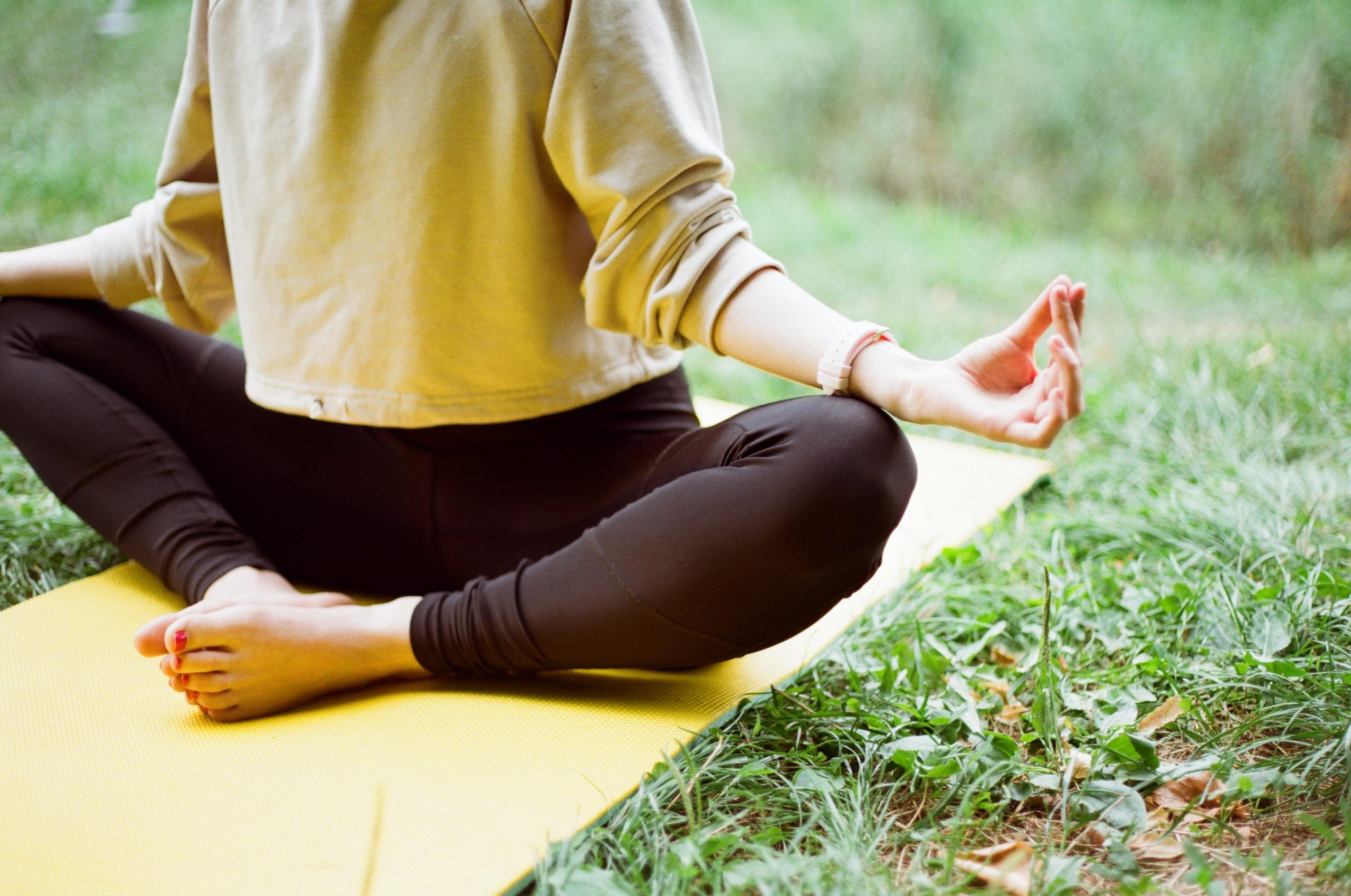

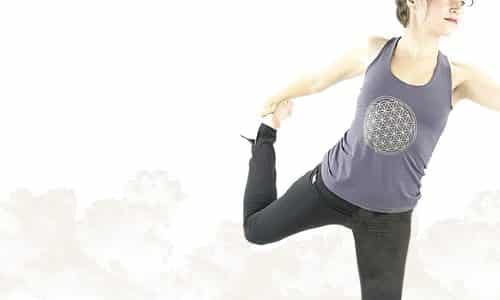
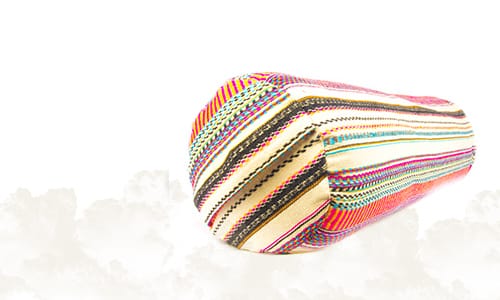

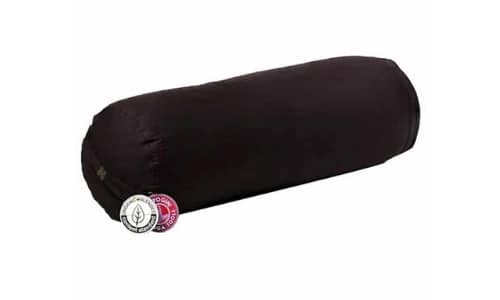
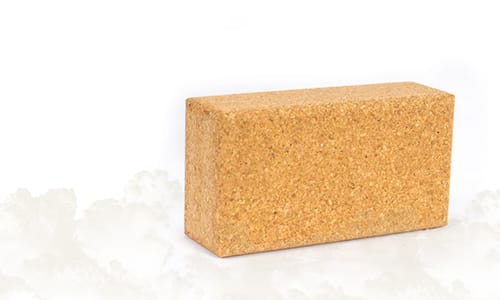
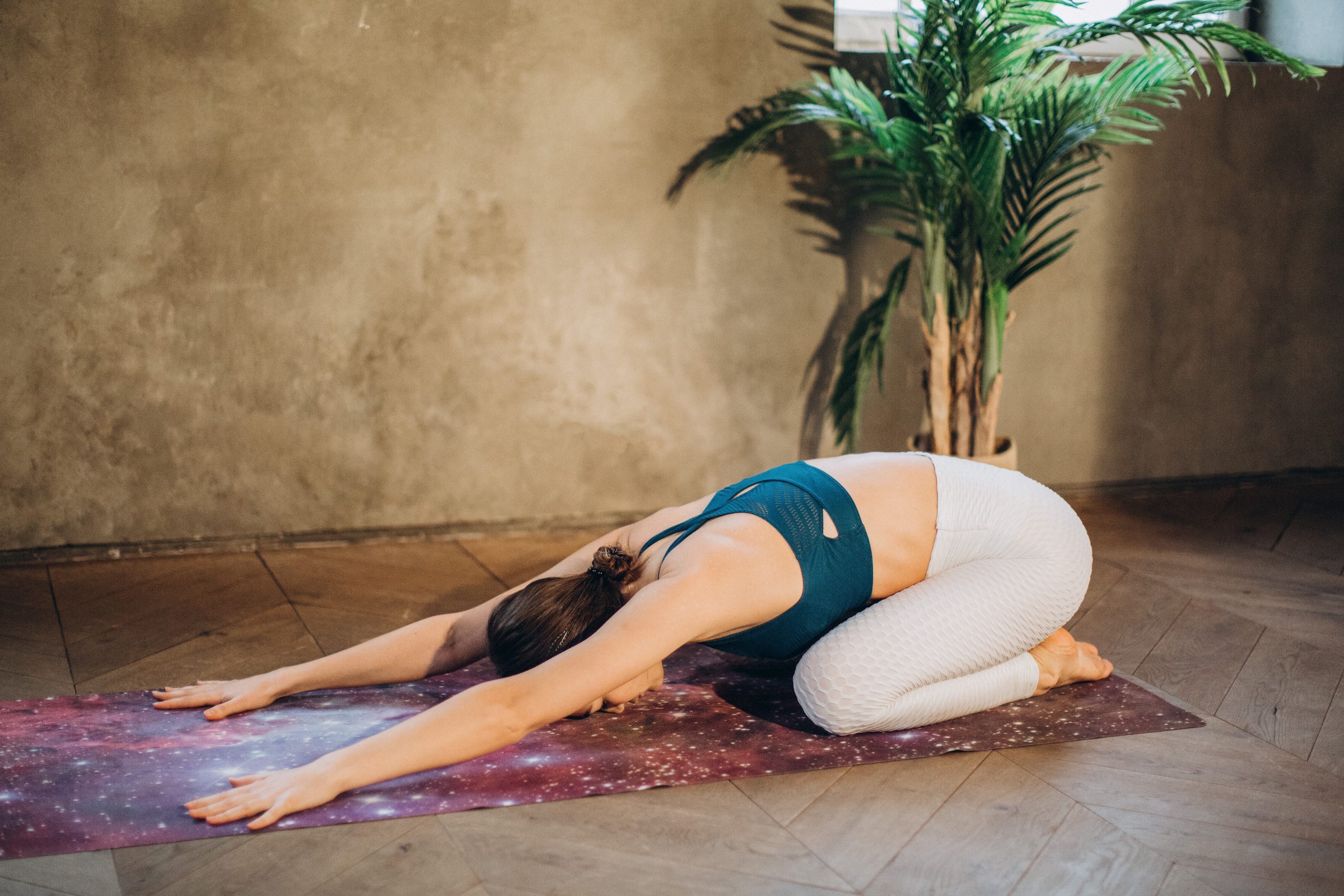
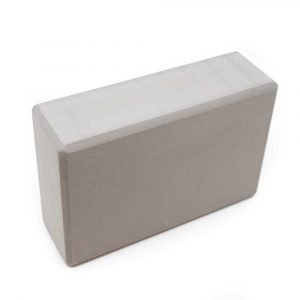

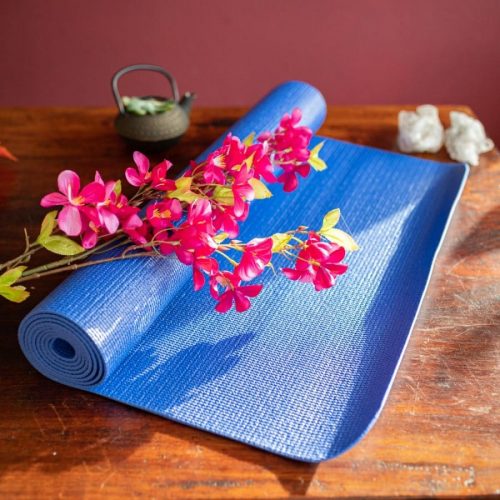

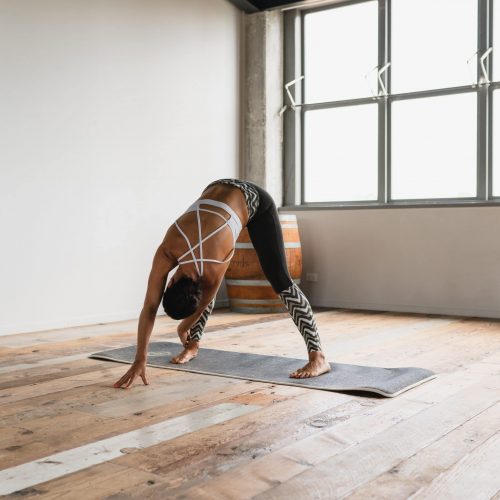

 Nederland
Nederland
 België
België
 Deutschland
Deutschland
 Europe
Europe
 España
España
 Sverige
Sverige
 Français
Français
Leave a Reply